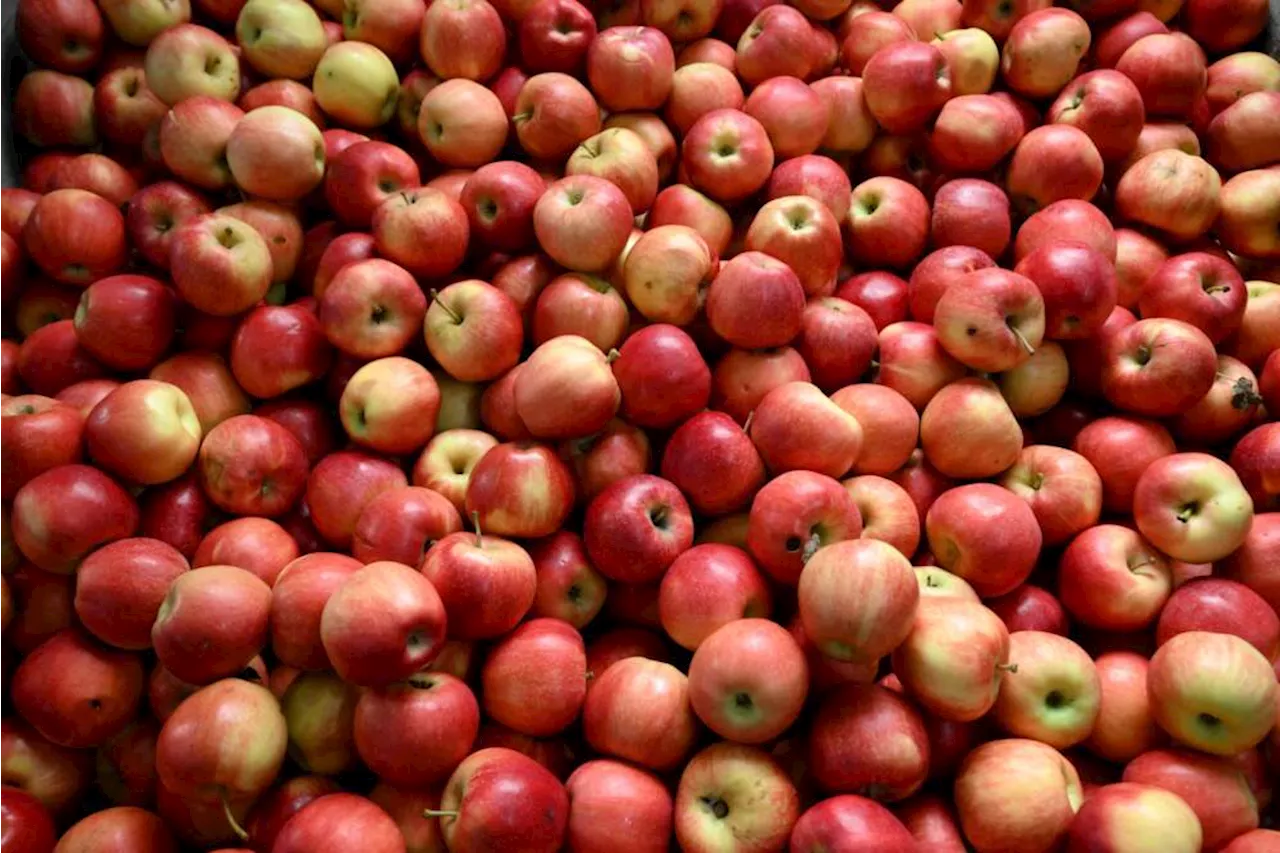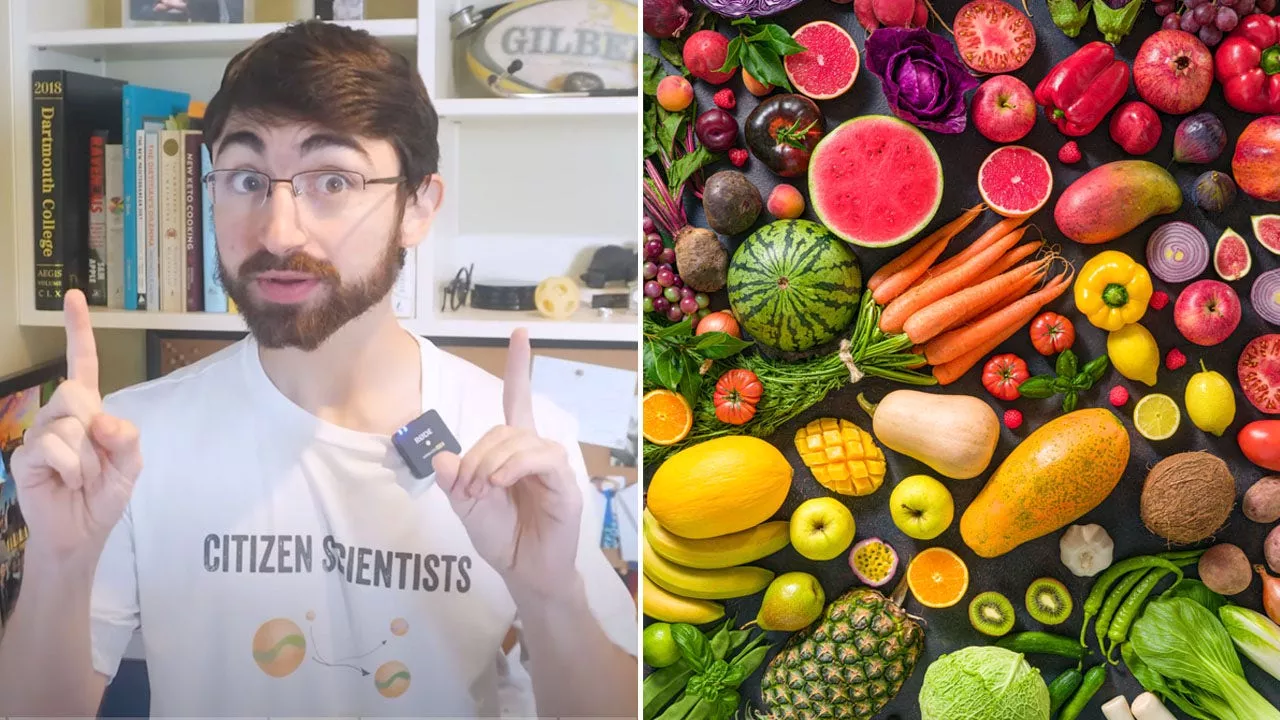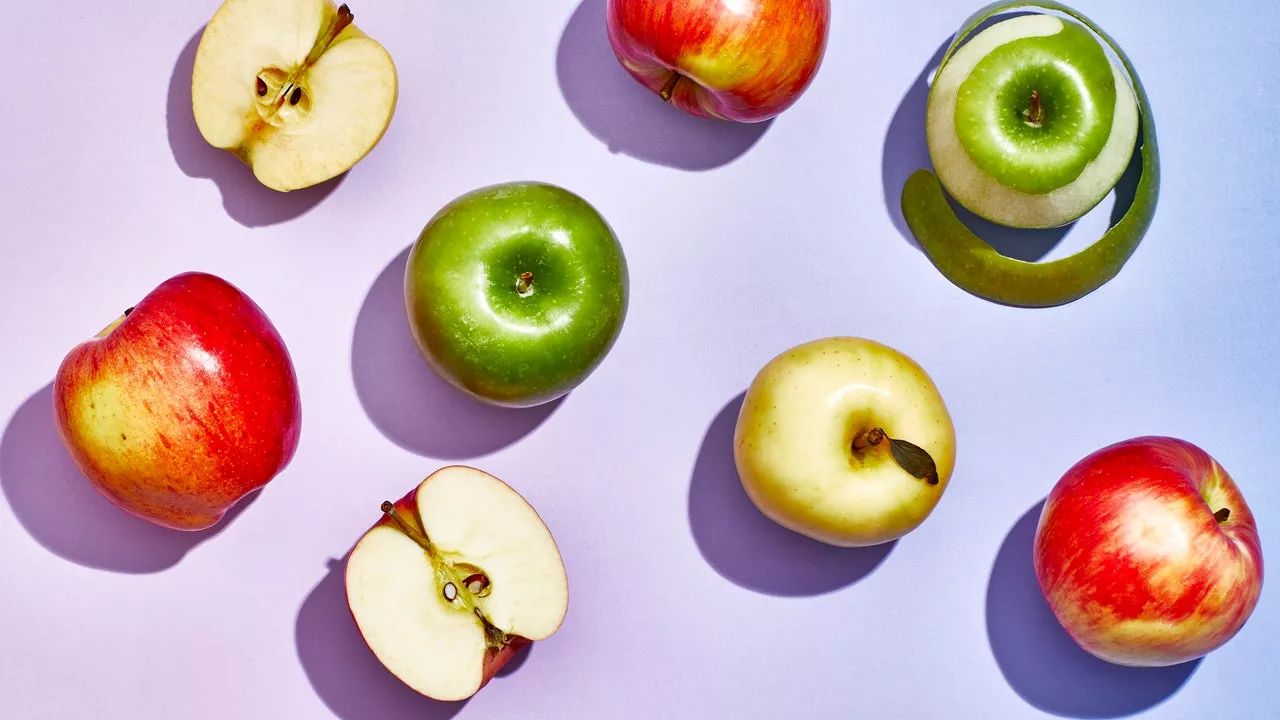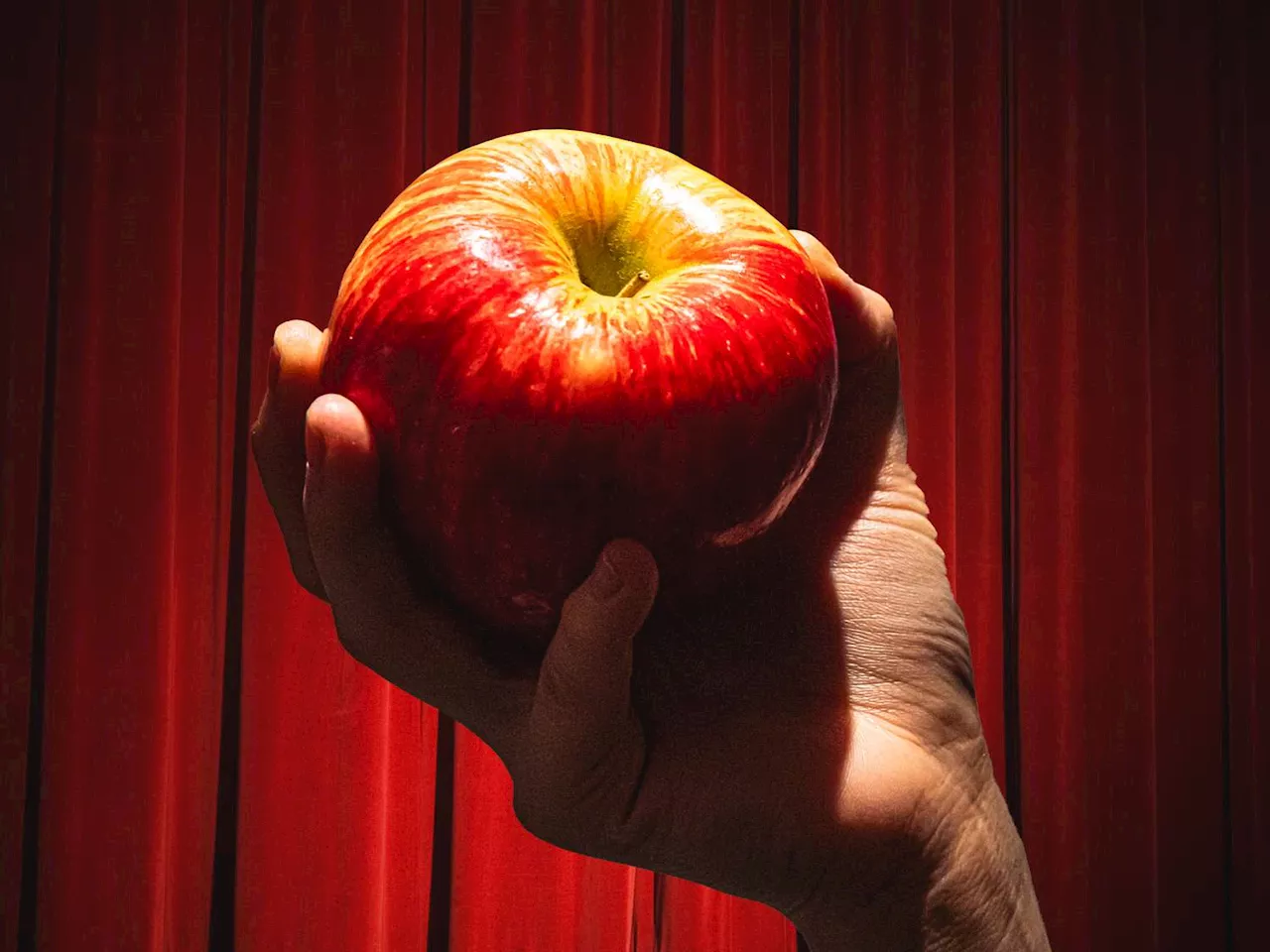An investigation into the Honeycrisp apple and how a complex string of events led to a decline in the quality of a beloved apple variety.
After graduating from the International Culinary Center, Genevieve cooked at Blue Hill at Stone Barns and Per Se. Prior to joining Serious Eats, she was an editor at Epicurious. She grew up between Toronto and Hong Kong and is a graduate of the University of St Andrews in Scotland. She currently lives in New York with her husband and two cats.
Honeycrisps from my farmers market were typically better than those I purchased from the grocery store, but even those Hudson Valley–grown apples weren’t immune. As recently as September of this year, I had several Honeycrisp apples from a local farm that were terribly mushy and flavorless, making me wonder if they had mistakenly labeled another apple variety—nothing about those apples was like the fruit I had once loved.
The Honeycrisp apple redefined what an apple could be. It was different from any other apple most American shoppers had encountered before, especially for consumers who frequented conventional grocery stores rather than farmers markets, where tastier heirloom varieties could be found even during the heyday of the Red Delicious.
People could not get enough. And unlike common apple varieties like the Red Delicious, Golden Delicious, or Granny Smith, the Honeycrisp wasn’t available to purchase year-round. Instead, it was only sold from September, when the apple was at its peak, to February. This scarcity drove up demand even more.
The fruit’s extraordinarily thin skin may be pleasant for biting through, but it also means the apple is prone to sunburn, in which the parts of the apple that get more sun exposure experience what scientists call “,” causing the fruit to turn brown or black. The delicate skin also makes it time-consuming to harvest: To prevent the apple’s sharp stems from puncturing neighboring apples in storage, the stems must be clipped extra-short.
An apple, however, doesn’t have to be stored very long to develop less-than-ideal flavors and textures. Though Honeycrisps are considered a good storage apple, a fruit that “stores well” could mean many things: It may look perfectly good, but doesn’t guarantee it will still taste good. “An apple can be pretty soft and mealy in six months,” Bedford says. “There’s no magic time for all apples.
United States Latest News, United States Headlines
Similar News:You can also read news stories similar to this one that we have collected from other news sources.
 The golden age of apples: How the fruit went from drab to deliciousNow, you can find more than 20 different varieties in the grocery store each year.
The golden age of apples: How the fruit went from drab to deliciousNow, you can find more than 20 different varieties in the grocery store each year.
Read more »
 'I went on a vegan diet and my cholesterol went up — here's why'A Harvard medical student recently went vegan as a health experiment — and was shocked to discover its impact on his cholesterol. Nick Norwitz breaks down the findings in his viral video.
'I went on a vegan diet and my cholesterol went up — here's why'A Harvard medical student recently went vegan as a health experiment — and was shocked to discover its impact on his cholesterol. Nick Norwitz breaks down the findings in his viral video.
Read more »
 Intel: The Real Question Isn’t What Went Wrong - It’s What Went RightStocks Analysis by Brian Gilmartin covering: Dow Jones Industrial Average, Intel Corporation, NVIDIA Corporation, Texas Instruments Incorporated. Read Brian Gilmartin's latest article on Investing.com
Intel: The Real Question Isn’t What Went Wrong - It’s What Went RightStocks Analysis by Brian Gilmartin covering: Dow Jones Industrial Average, Intel Corporation, NVIDIA Corporation, Texas Instruments Incorporated. Read Brian Gilmartin's latest article on Investing.com
Read more »
 What Democrats can learn from Trump's victoryDemocrats are trying to figure out went went wrong this week.
What Democrats can learn from Trump's victoryDemocrats are trying to figure out went went wrong this week.
Read more »
 7 Best Apples for Apple PieFlavor and texture are the key pillars when picking the best apples for apple pie. But which varieties are best? We break it down.
7 Best Apples for Apple PieFlavor and texture are the key pillars when picking the best apples for apple pie. But which varieties are best? We break it down.
Read more »
 This skillet pork with apples is loaded with flavor and nutritionWith gently wilted spinach and a creamy curry-spiked coconut-milk sauce, this one-pan dinner is a colorful delight.
This skillet pork with apples is loaded with flavor and nutritionWith gently wilted spinach and a creamy curry-spiked coconut-milk sauce, this one-pan dinner is a colorful delight.
Read more »
